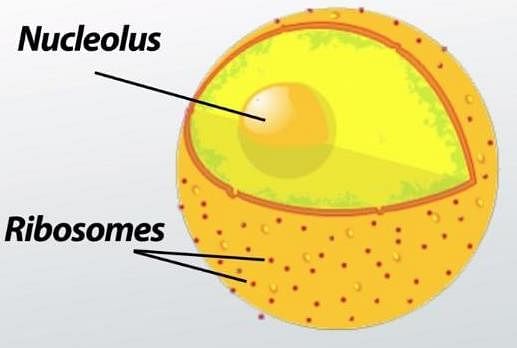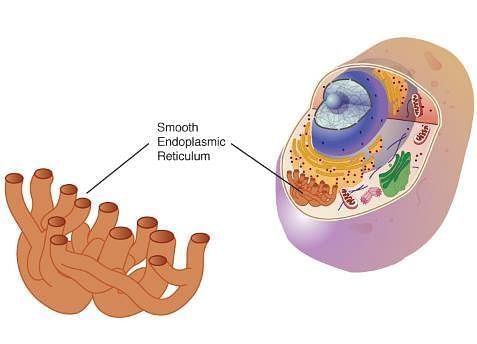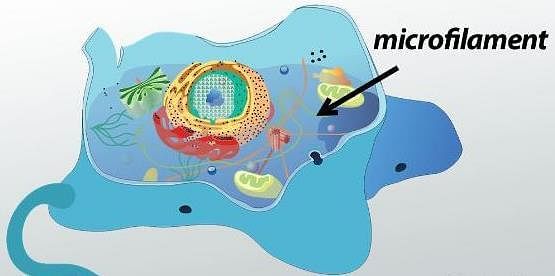31 Years NEET Previous Year Questions: Cell: The Unit of Life - NEET MCQ
16 Questions MCQ Test - 31 Years NEET Previous Year Questions: Cell: The Unit of Life
When the centromere is situated in the middle of two equal arms of chromosomes, the chromosome is referred as: (2021)
Which is the important site of formation of glycoproteins and glycolipids in eukaryotic cells? (2020)
Which of the following statements is not correct? (2019)
Which of the following is true for nucleolus? (2018)
Which of the following cell organelles is responsible for extracting energy from carbohydrates to form ATP? (2017)
Select the correct matching in the following pairs: [2015 RS]
Which of the following are not membrane bound? [2015 RS]
Cellular organelles with membranes are : [2015 RS]
Cell wall is absent in : [2015 RS]
The solid linear cytoskeletal elements having a diameter of 6 nm and made up of a single type of monomer are known as: [2014]
The osmotic expansion of a cell kept in water is chiefly regulated by: [2014]
Match the following and select the correct answer: [2014]


Which structures perform the function of mitochondria in bacteria? [2014]
Which one of the following is not an inclusion body found in prokaryotes ?
Which of the following statements is true for a secretory cell?
Which one of the following cell organelles is enclosed by a single membrane ?























